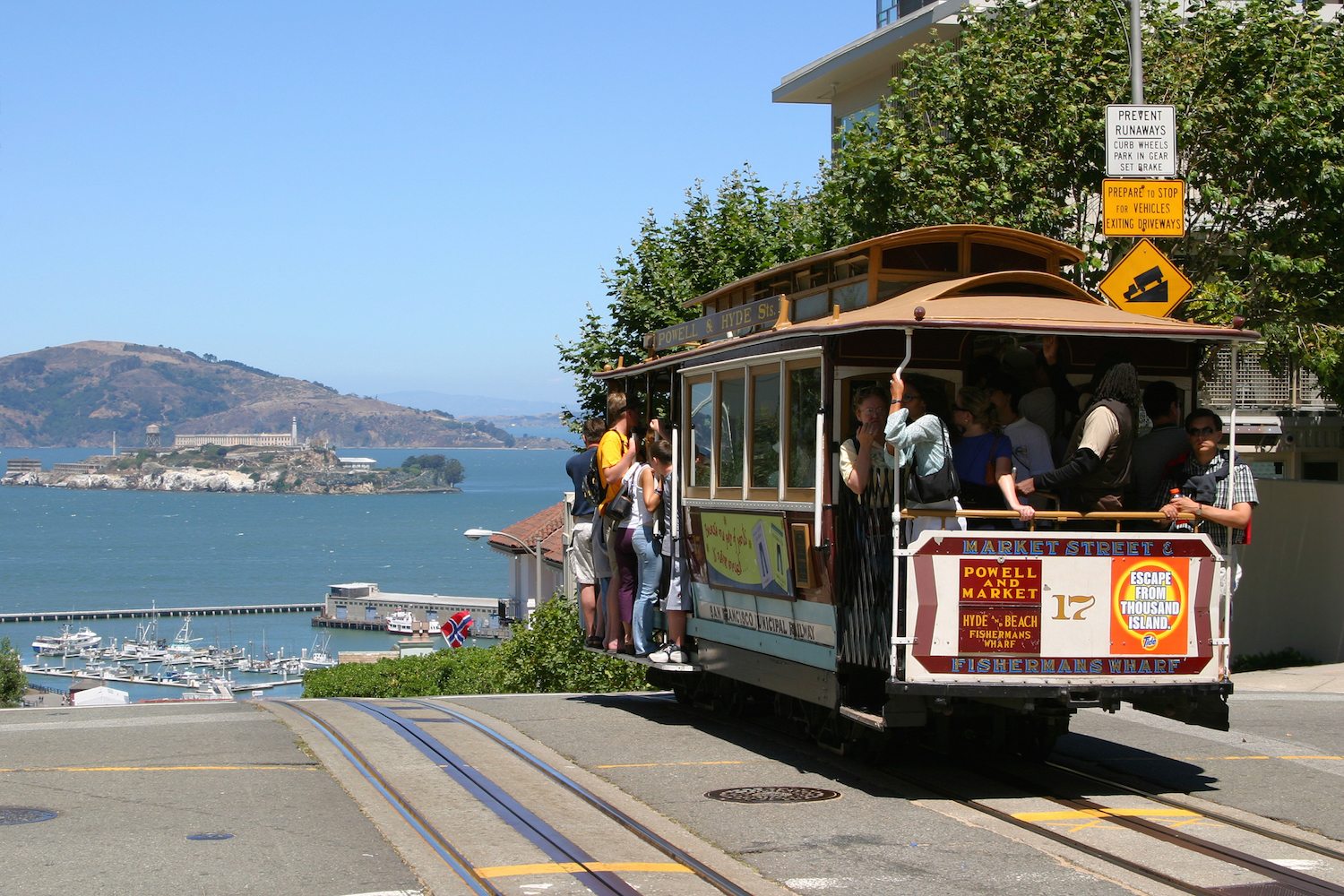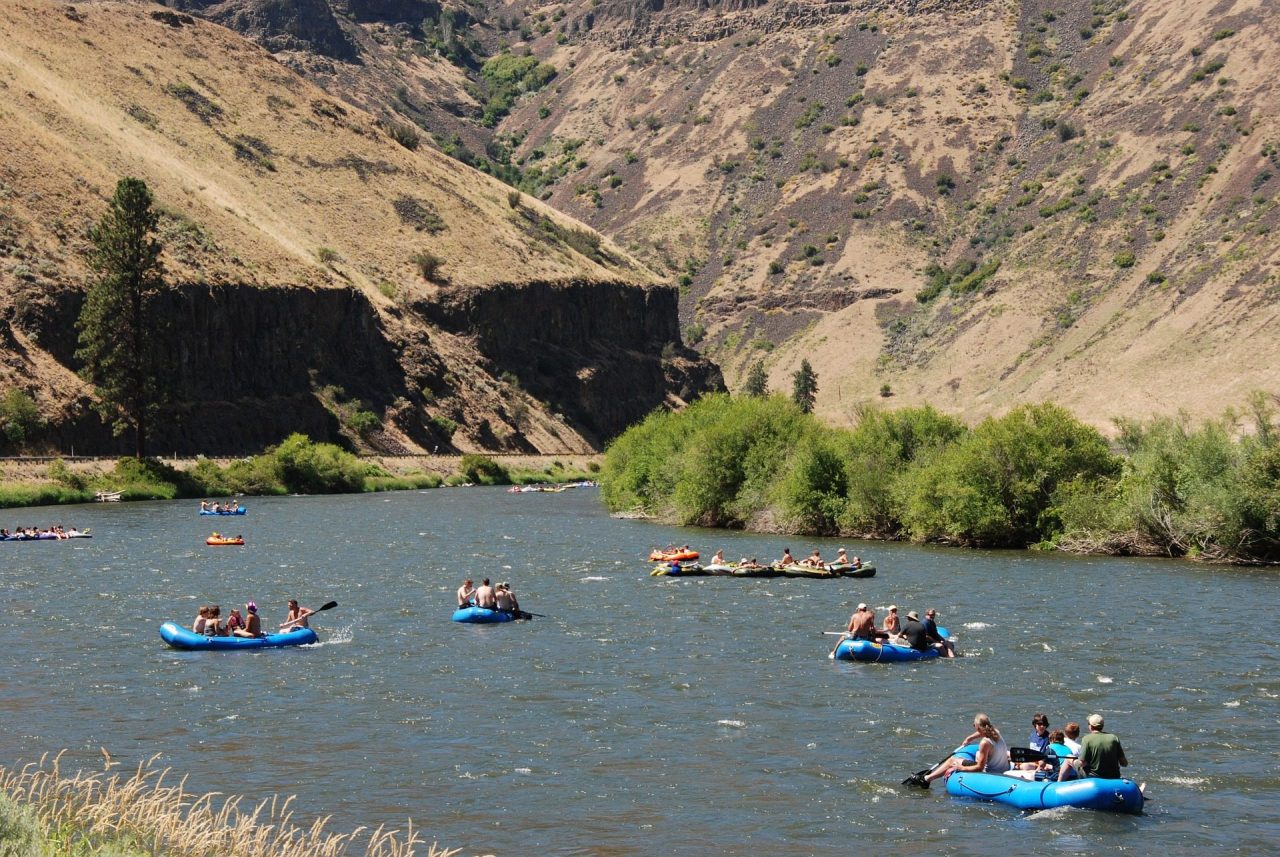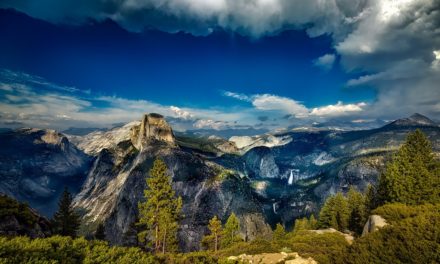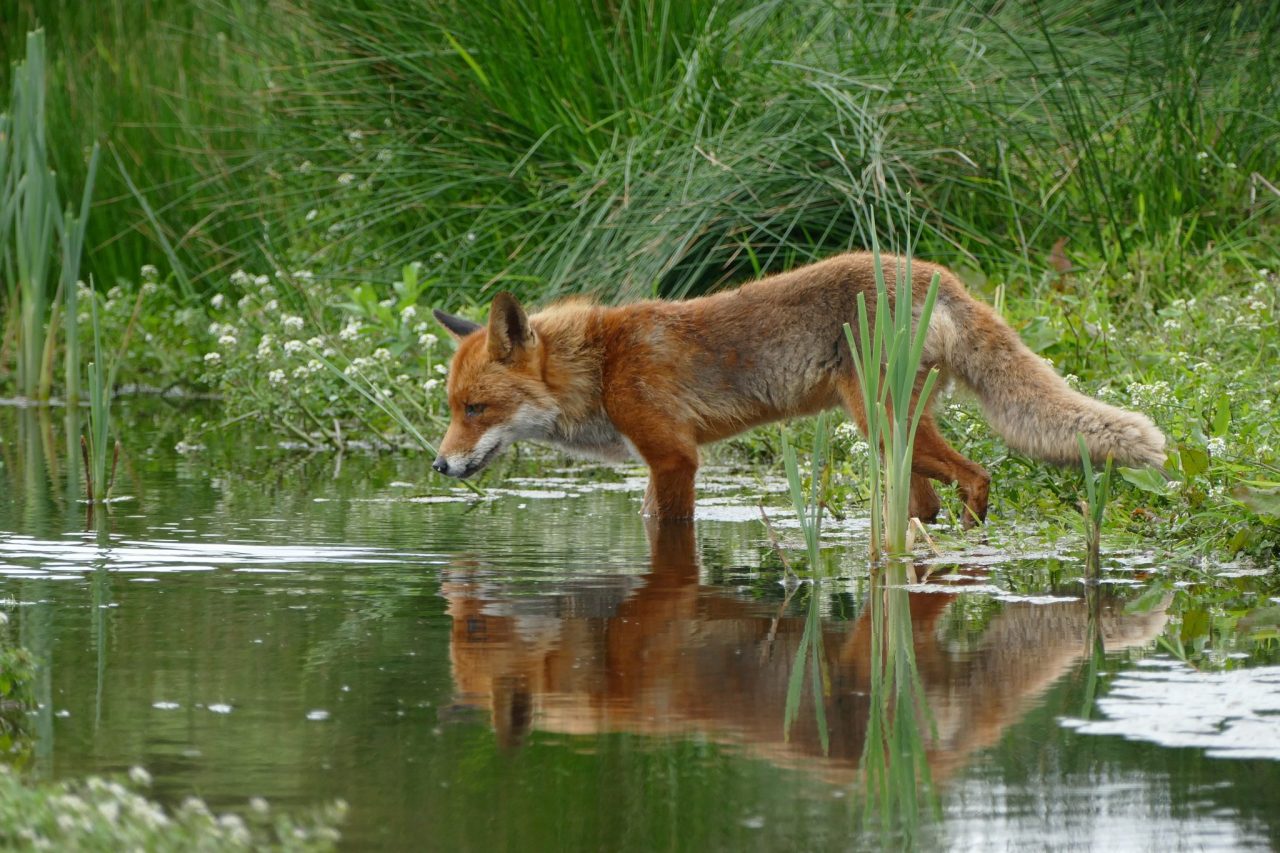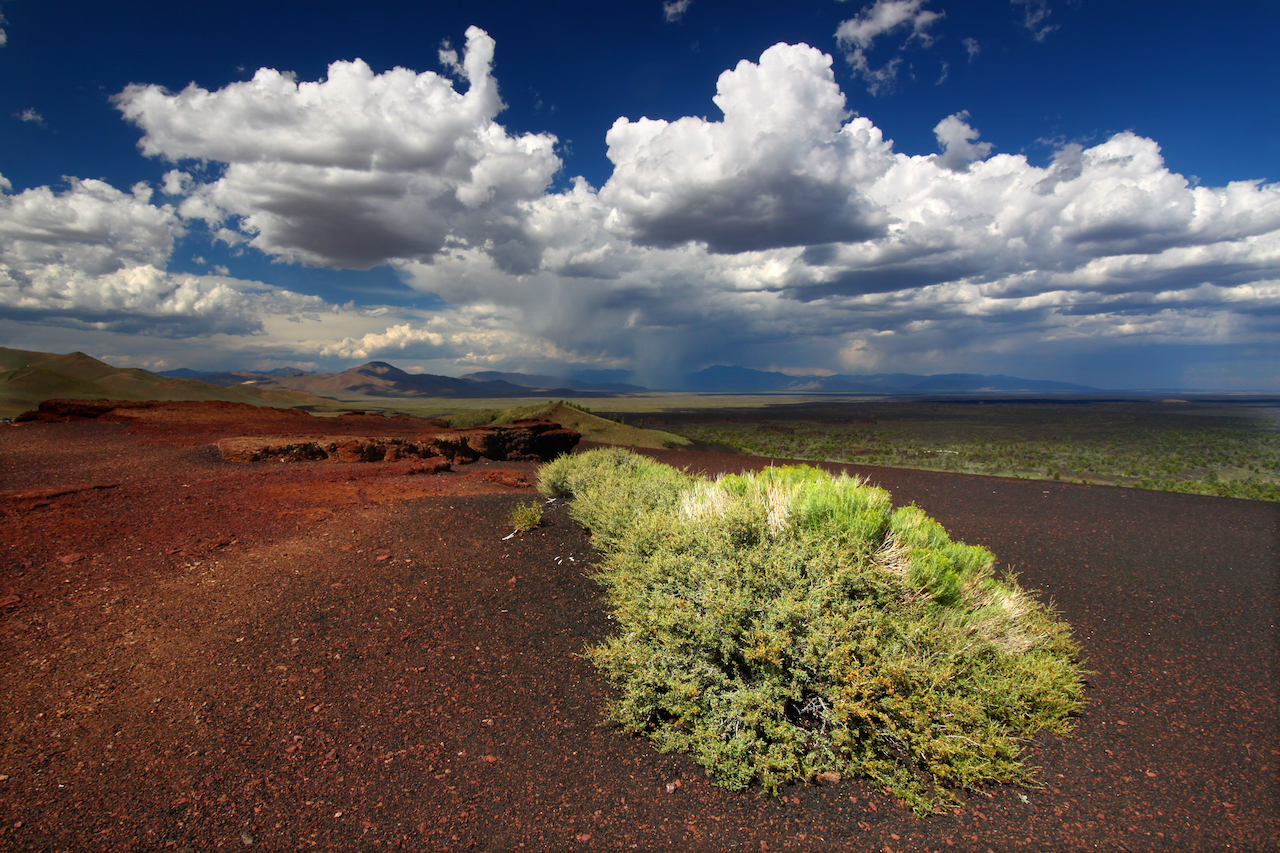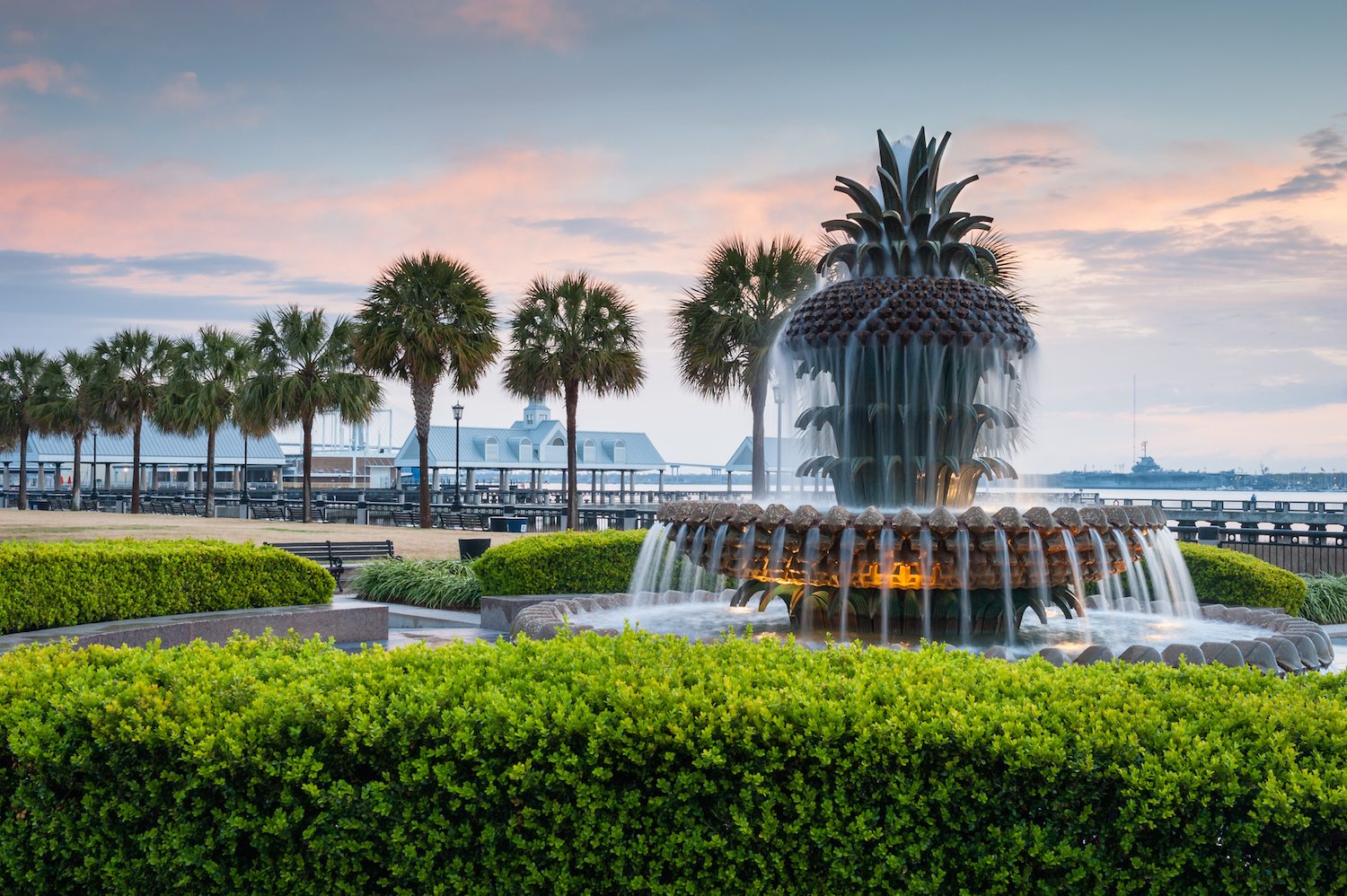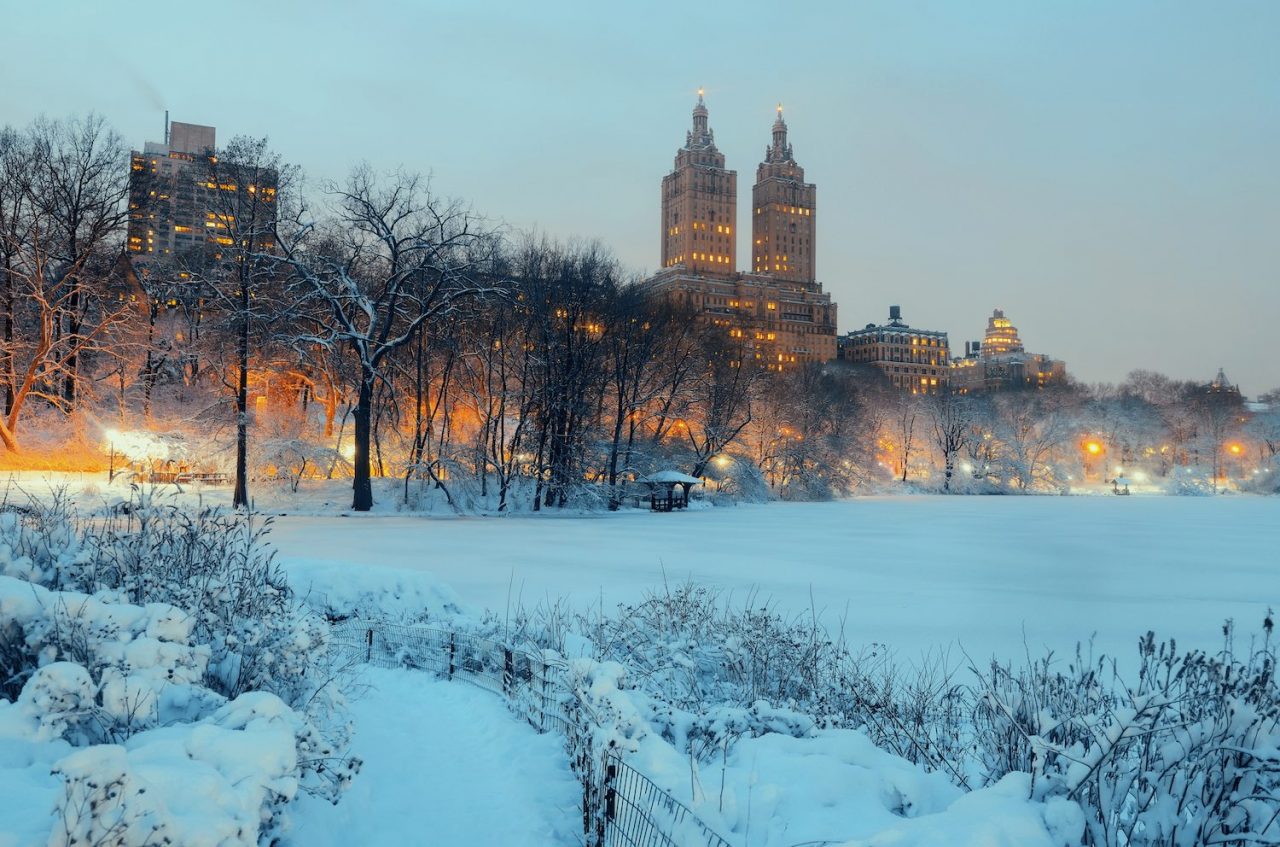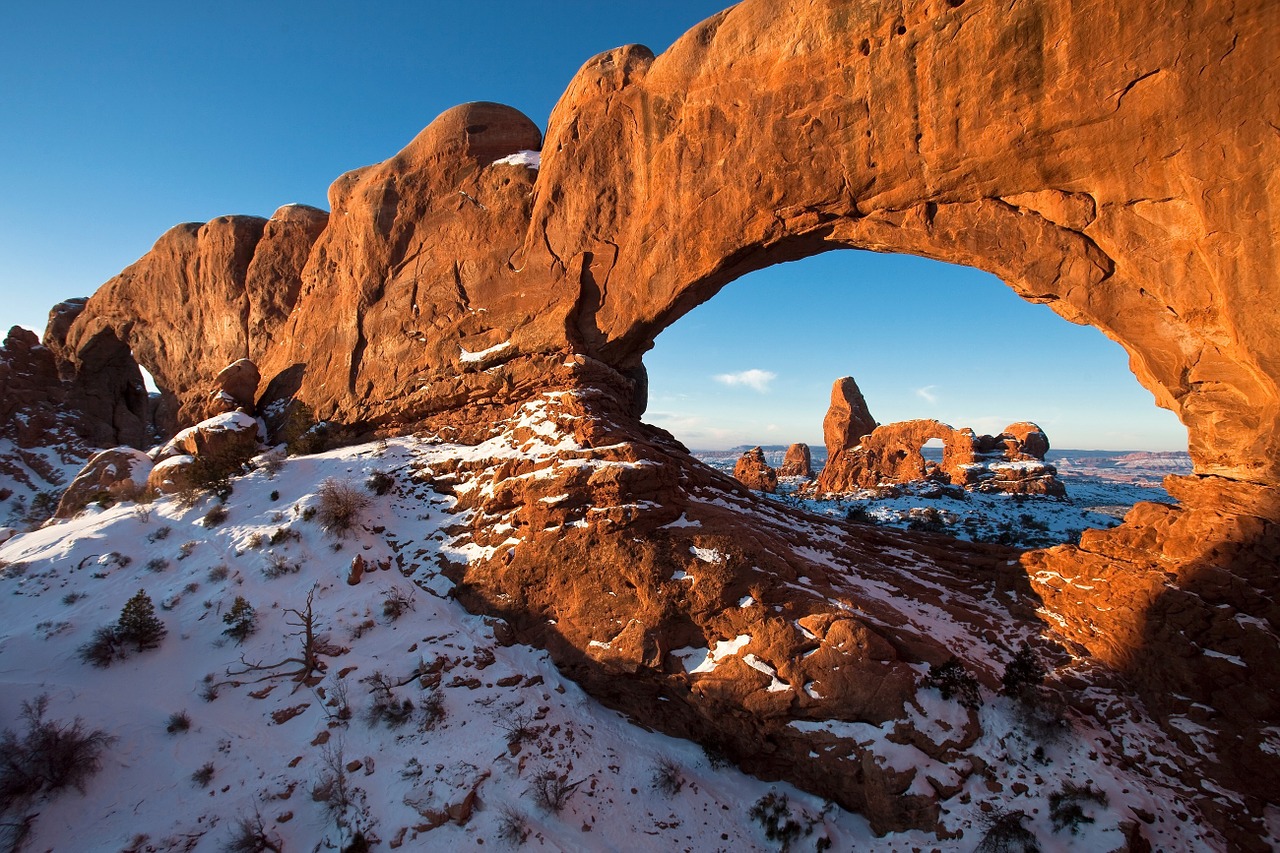For the sheer charm, plus the common sense of it all, streetcars are a draw and a convenience for those exploring some of Americans downtowns. When you drive the nation, you have a half dozen original first-generation streetcar systems you can ride when you get there, and to get you to the various sites that you will not want to miss in these attractive cities.
San Francisco, CA

The San Francisco cable car system is without a doubt the most famous. It dates back to 1878, and yes the little cable cars climb halfway to the stars and everywhere else you want to go. Quaint, valuable and historic restored vintage PCC cars are still in regular operation on San Francisco’s F Market Heritage Line. It connects with the Powell-Hyde cable car system. The Ferry Building, the Embarcadero, the San Francisco Railway Museum, San Francisco Museum of Modern Art and South of Market Museums, Union Square, and The Civic Center Auditorium are all linked together on the F Market Heritage Line. The cars themselves are a key attraction to take you to these other fine attractions.
New Orleans, LA

New Orleans has what may be the next-best of the picturesque surviving “legacy” streetcar systems, in its St. Charles line. The St. Charles is the longest of New Orleans’ streetcar lines; it is also the longest continuously operating streetcar system in the world. It began in 1835, with horse drawn trolleys. Today, every streetcar on the line is a rolling historic landmark that makes you want to hop up and burst into a chorus of “The Trolley Song”. These Perley Thomas cars were built in the 1920s. You can take a thirteen mile ride through time, along Canal Street to the end of St Charles Avenue and then on out to South Carrolton Avenue. Along the way you can ogle the plantations and historic mansions of the Garden District. But don’t look for a streetcar named Desire; that line has been out of operation since 1948.
Boston, MA

Boston’s streetcar system, known as the MBTA goes back to 1897, and the nearly 23 miles worth of existing system has been retooled to serve as a light rail plus streetcar system. The delightfully streamlined Art Deco restored vintage PCC cars, painted in traction orange and cream, are in regular operation on Boston’s Ashmont-Mattapan High Speed Line, (begun in 1929); it runs through Boston and Milton. The MBTA has a great website that lets you plan your trip from A to Z according to a category called “Landmarks and Stations”. See everything from the Adams National Historic Park to the USS Constitution, with Old North Church and the Paul Revere House, as well. It is a great way to see the city and avoid the stress of Boston’s famously snarly traffic.
Cleveland, OH
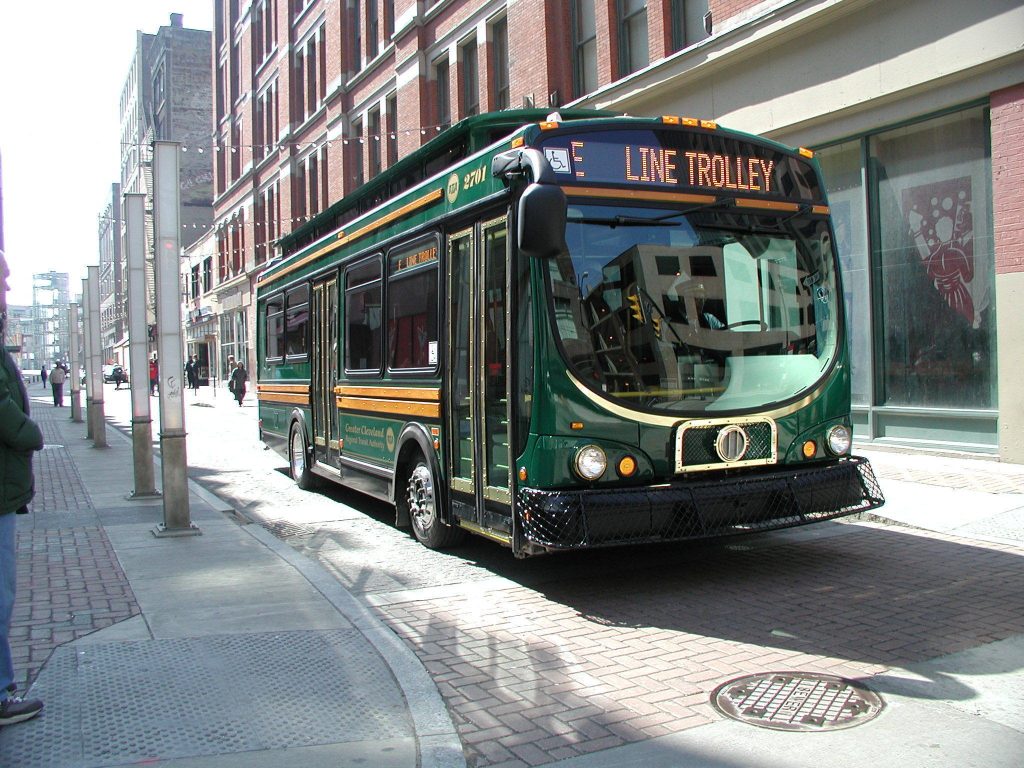
Nowadays, you can go all over the greater Cleveland area on the Blue Line, the Green Line and the Waterfront Line, the direct descendents of Cleveland’s trolley system that dates back to 1913. It is now part of the RTA. Their website offers the rider a page that helps you plan your route. If you are going to FirstEnergy Stadium, Great Lakes Science Museum and the Rock and Roll Hall of Fame; they are all easy to reach by trolley—what fun!
Pittsburgh, PA

Pittsburgh’s trolley system, The T, founded in 1904, was revised and revamped in 1984; keeping some of the old original style PCC (retired in 1999) while others were more modern light rail, which is now the norm. Pittsburgh’s famous downtown is easily walk-able, but don’t let that stop you from riding to and from your destinations. The newly renovated Mellon Square can justly be called the heart of the downtown, surrounded as it is by some fabulous skyscrapers that speak to the city’s history. Standing there, you can see the Alcoa building, which is the first/tallest aluminum clad skyscraper, with its rounded, porthole style windows, the Smithfield Street Congregational Church which boasts the circa 1920’s first-ever wrought aluminum steeple, the Oliver Building, a beautiful beaux arts monolith which, if you are able to visit the lobby, has some of the snazziest phone booths anywhere, the justly famous Kaufmann’s Department Store clock (Pittsburghers know that “ Meet me under the clock” means in that very spot, and the William Penn Hotel, a glamorous red brick skyscraper with a jaw dropping lobby and dining room (perfect for afternoon tea or Sunday brunch). From Mellon Square the trolley will take you into the south hills (stop at Station Square for shopping and dining) and access to the famous Incline. Take one of the two south hills branches all the way to the end of the line to shop at South Hills Village or to poke around the borough of Library (originally called Loafer’s Hollow, but renamed in 1833 for the first library founded in Western Pennsylvania), or go north across the Allegheny River to the North Side and visit the Buhl Planetarium, The Children’s Museum, the Warhol Museum, the Science Center and more. Why not drive down to “little” Washington, for a visit to the Pennsylvania Trolley Museum to make your Pittsburgh trolley time complete.
Newark, NJ

Newark offers the visitor the Newark City Subway, which is the longer and older of two subway lines in the city. This gives the combination of both subway and surface light rail travel. The line runs below the streets downtown and at street level in the outlying areas. Before it joined the Newark Light Rail this was known as the #7-City Subway line, and many of the old cars still boast that title on their signboard. The segment opened in the 1930s, following the right of way of an historic old canal. It runs 5.3 miles between Grove Street in Bloomfield and Newark’s Penn Station. You can ride 60-year old PCC cars on this line. New Jersey Performing Arts Center, Newark Museum, the Cathedral Basilica of The Sacred Heart and the New Jersey Historical Society, all top rated attractions, are easy to reach on the #7-City Subway Line. Be sure to check out the Sarah Vaughn tribute lyrics at the stations.
Car trips are made all that much more fun when you combine them with other modes of transportation, like these historic and charming trolleys.

